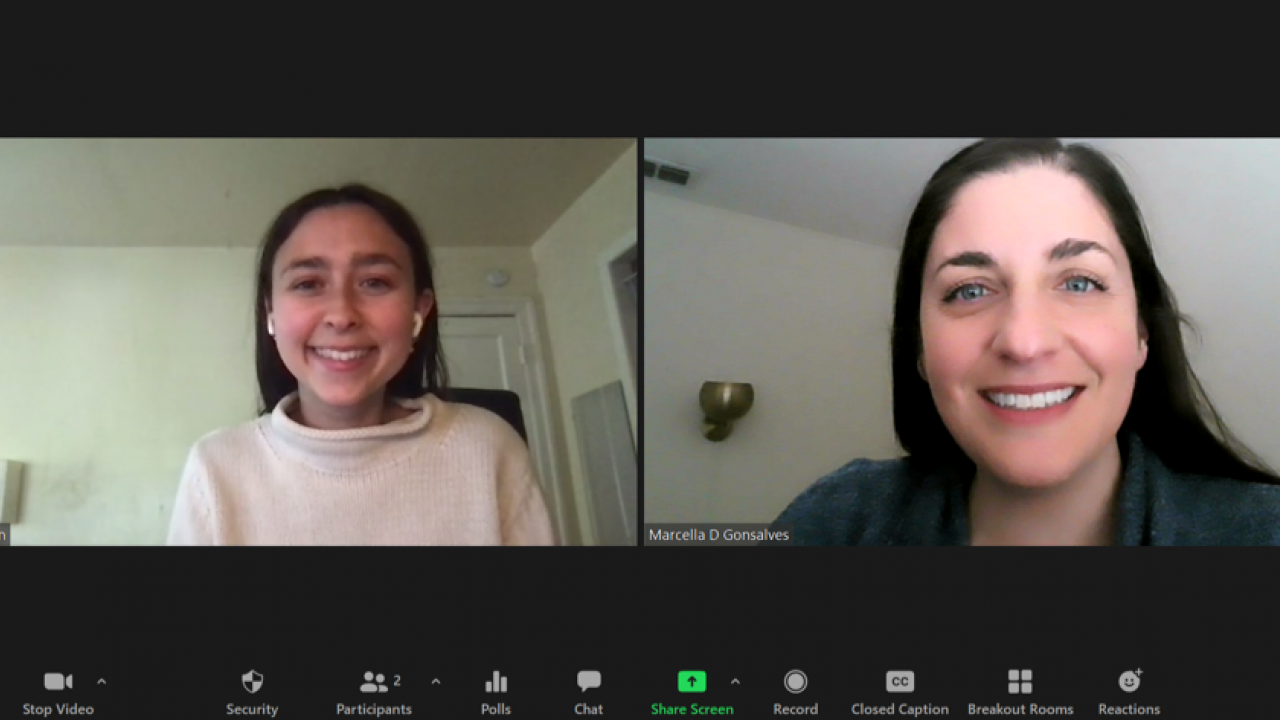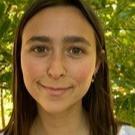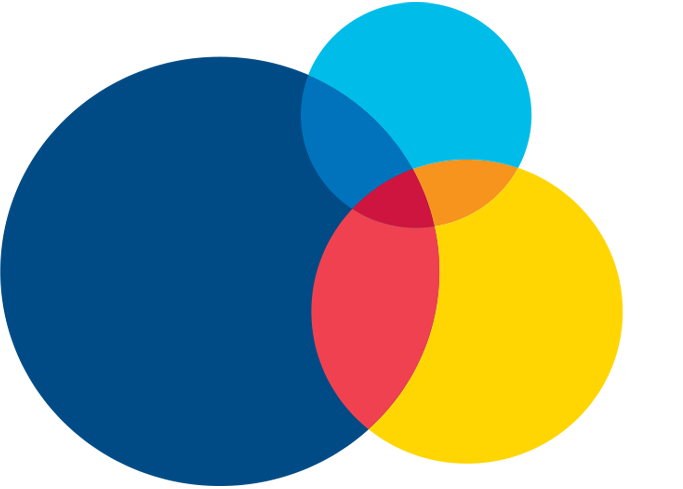
Life After School: Preparing Students for the Real World through Community-Based Research
By Dr. Marcella Gonsalves, Department of Public Health Sciences, School of Medicine
I will be candid: in my first full-time professional job, I made a lot of mistakes. My job was to implement a community program and work with community members, and I barely knew what I was doing. While I had theoretical knowledge of working with groups and leading school projects, working in the community — with actual, real-life community members — was very different. I soon learned they had competing interests, significantly different viewpoints, and a specific way of doing business, among other things.
I struggled to balance it all and had a few rough, and I mean rough, meetings with my supervisors. But I eventually learned from my mistakes.
Now, as a lecturer at UC Davis, I try to help my students avoid the mistakes I made. I help my students secure internships and practicums and assign practical assignments, so I can prepare them for the “real world.” But just I added a new must-do to my list of pedagogical strategies: community-based action research.
Funded by a 2020 Public Impact Research Initiative through Public Scholarship and Engagement at UC Davis, I undertook my first community-based action research project with an undergraduate student research assistant, Mariah Rubin. Community-based research is “done with the community rather than on the community” (Strand, 2000, para. 5)1 and to create knowledge that “has the potential to bring about some positive social change” (Strand, 2000, para. 6). For our research, Mariah and I partnered with a food bank and their partners to research further their volunteer management practices and identified issues.

Spotlight on Mariah Rubin '21
Mariah Rubin graduated in 2021 with her degree in global disease biology. She wanted to focus on research related to food security for her practicum project and worked with Dr. Marcella Gonsalves and Sacramento Food Bank and Family Services to understand how COVID-19 was affecting volunteerism at food-providing agencies throughout Sacramento County.
During our 10-month project, we facilitated numerous planning meetings with the food bank to receive feedback on the research questions, finalize instruments together, strategize and share progress. Mariah also cold-called food distribution volunteer managers throughout California, and we interviewed them about their practices. We tag-teamed to conduct focus groups with volunteer managers from the partners’ sites in Sacramento County.
And, at the end of the project, we co-presented our results to the food bank and its partners. Briefly, we found the agencies wanted more training, template documents, management software, and assistance with recruitment. We will be working with them during summer 2021 to secure these resources and ultimately create more time they can dedicate to feeding the community.
But more than the potential community impact of our research, I also saw how much this project helped prepare Mariah for life after school.
During our project, I watched Mariah go from observer to adept team member in many of our meetings with the food bank. As she said, “I learned about the nuances of this work and how to communicate with community members.” I also saw Mariah’s excitement grow as we completed each step of our data collection, analyzed our data, and compiled recommendations for action. “It was so exciting to see how our research could help to change the community and improve the community,” she said.
In addition to what she learned, Mariah also made valuable connections with a network of organizations working to address food insecurity. “Because of our project, I now know who to call if I am interested in working on food insecurity in several communities in California.” Now, I recognize there are numerous reasons not to conduct community-based action research. Just to name a few reasons, community partners’ timelines do not align with academic timelines. Students may not be able to commit to a lengthy research project. There may be a lack of funding to conduct the research, or the research goals simply do not lend themselves to this approach.
But, as for our partners’ needs and my goals for my students, community-based action research was an excellent way to provide real-life learning experiences, address pressing issues, and facilitate meaningful conversations to better the world. As Mariah said, “this project prepared me for the future in a way that no textbook or lecture could.”
Learn more about her PIRI Grant Project
All blogs are the personal accounts and opinions of the individual writers and do not necessarily reflect the those of Public Scholarship and Engagement or UC Davis.
- 1Strand, K. J. (2000). Community-based research as pedagogy. Michigan Journal of Community Service Learning, 7(1), 85–96.
